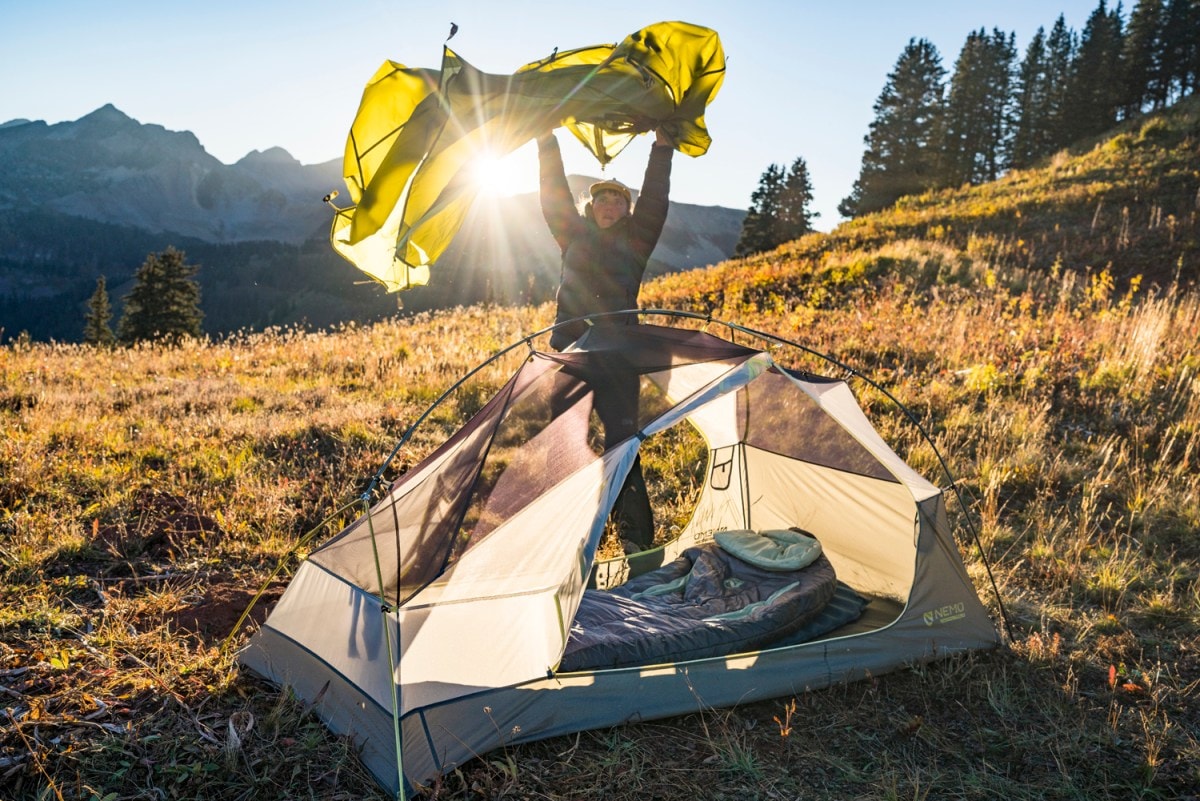Welcome campers, environmental enthusiasts, and everyone seeking a cozy night’s sleep under the stars. Today, we’re going to unravel the mystery of ‘How to make its best-selling sleeping bag fully recyclable’!
Have you ever wondered, ‘where is Camp Lejeune?’ or ‘where is Camp David?’ Well, the love for camping is universal, whether you’re at either of these locations or nestled in your own backyard. It’s exciting and refreshing. Yet, it does raise some environmental concerns. One of these is the camping gear we use. We’ve all seen discarded sleeping bags left behind at the campsite. They aren’t easily recyclable and can pose a threat to our beloved nature. So, what if we told you there’s a solution? Yes, there’s a way to make sleeping bags fully recyclable!
If you’re interested in more camping content like this, bookmark our link and stay tuned for more. Now, let’s dive in!
What’s the problem with sleeping bags?
For centuries, pioneers, explorers, and native tribes used sleeping bags constructed from wool-lined sheepskin or reindeer fur. But while these animal-based creations kept people warm, they were heavy and bulky—which wouldn’t exactly please the modern camper. In 1930, humans invented nylon—the first fully synthetic fiber—and camping forever changed.
Today, most sleeping bag shells are made from nylon or polyester. These manufactured fibers are quick-drying, lightweight, and affordable, all while remaining breathable. However, they come at an environmental cost, as they’re petroleum-derived, meaning their production relies on the fossil-fuel industry.
Synthetic fibers are also not biodegradable. When your bag reaches the end of its life and you toss it in the garbage, it heads to a landfill where it sits … and sits … and sits some more. It sits in the landfill indefinitely, all the while emitting greenhouse methane gasses into the atmosphere and leaching dyes into our water and soil.
Plastic is great at what it does, says McKenney. But its performance benefits come at a cost.

Material Selection:
The first crucial step in creating a fully recyclable sleeping bag is the careful selection of materials. We have replaced traditional synthetic fabrics with recycled and recyclable alternatives. Utilizing materials such as recycled polyester and nylon not only reduces our reliance on virgin resources but also ensures that the sleeping bag can be easily recycled at the end of its life cycle.
Design for Disassembly:
To enable efficient recycling, we have implemented a design for disassembly approach. By incorporating modular components and removable parts, we allow for easy separation of different materials during the recycling process. This design principle ensures that each component can be individually recycled or repurposed, rather than the entire sleeping bag being discarded.
Elimination of Mixed Materials:
Mixed materials can pose a significant challenge to recycling. Therefore, we have strived to eliminate the use of mixed materials in our sleeping bag design. By using single-material components, such as zippers made from recycled plastics, we simplify the recycling process and maximize the potential for each component to be recycled into new products.
Clear Recycling Instructions:
To facilitate consumer participation in the recycling initiative, we provide clear and concise recycling instructions with each sleeping bag. These instructions outline the steps to disassemble the sleeping bag, separate the materials, and direct users to local recycling facilities or programs. By empowering our customers with the knowledge and resources, we encourage their active involvement in the sustainable lifecycle of the product.
Collaboration with Recycling Partners:
We understand that successful recycling requires a collaborative effort. Therefore, we actively partner with recycling facilities and organizations to ensure the proper disposal and recycling of our sleeping bags. By working closely with these partners, we can optimize the recycling process, explore new recycling technologies, and continuously improve the recyclability of our products.
Conclusion:
By making our best-selling sleeping bag fully recyclable, we are taking a significant step towards a more sustainable future. Through careful material selection, design for disassembly, elimination of mixed materials, clear recycling instructions, and collaboration with recycling partners, we aim to minimize waste, reduce environmental impact, and promote a circular economy. We are committed to continuously improving our products and processes to make a positive contribution to the well-being of our planet. Together, let’s embrace sustainability and make responsible choices for a greener tomorrow
 Shuangye ebike
Shuangye ebike
